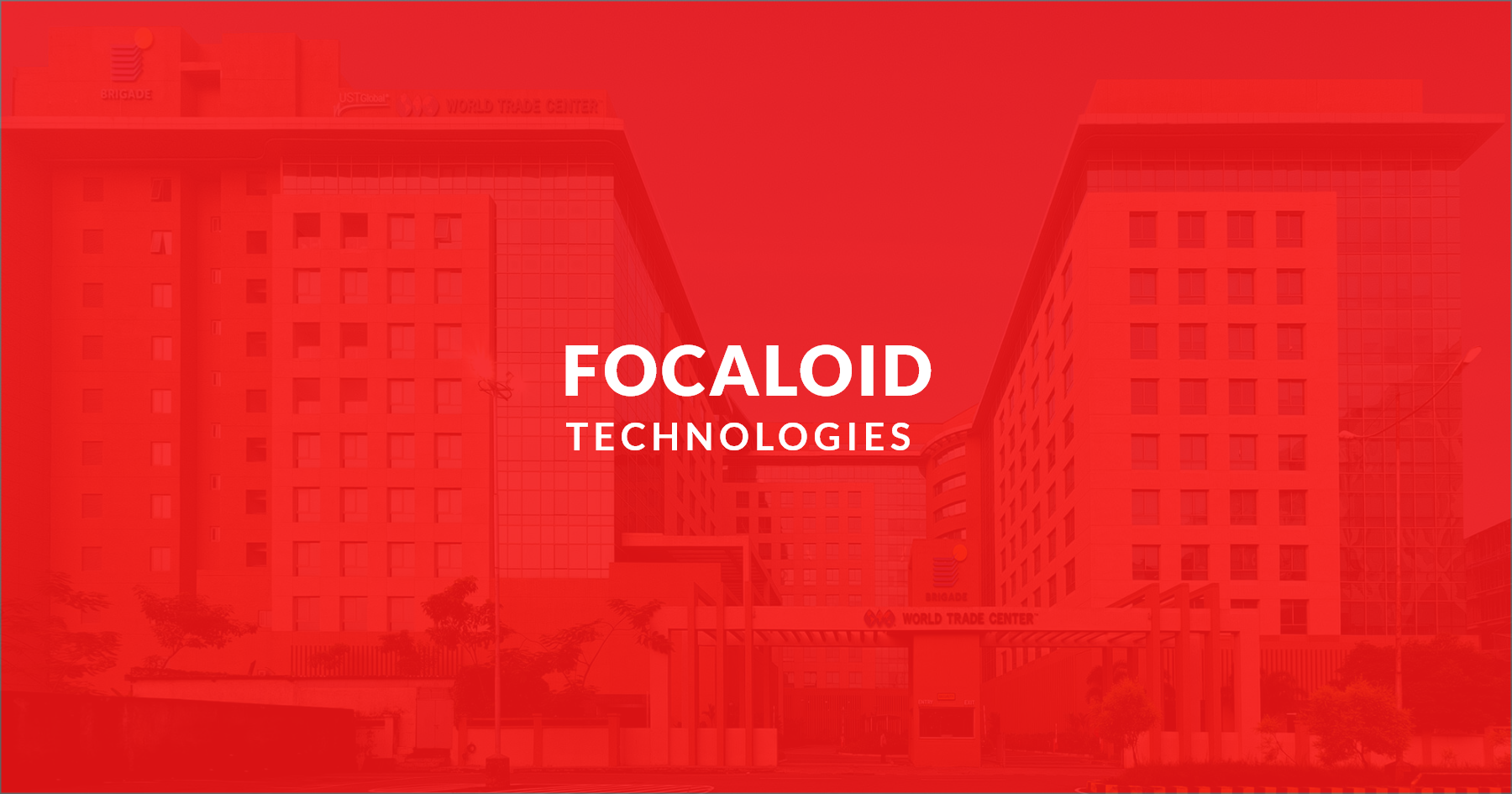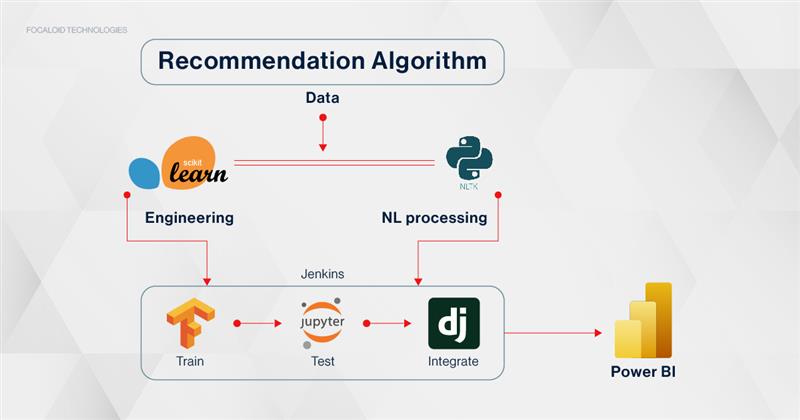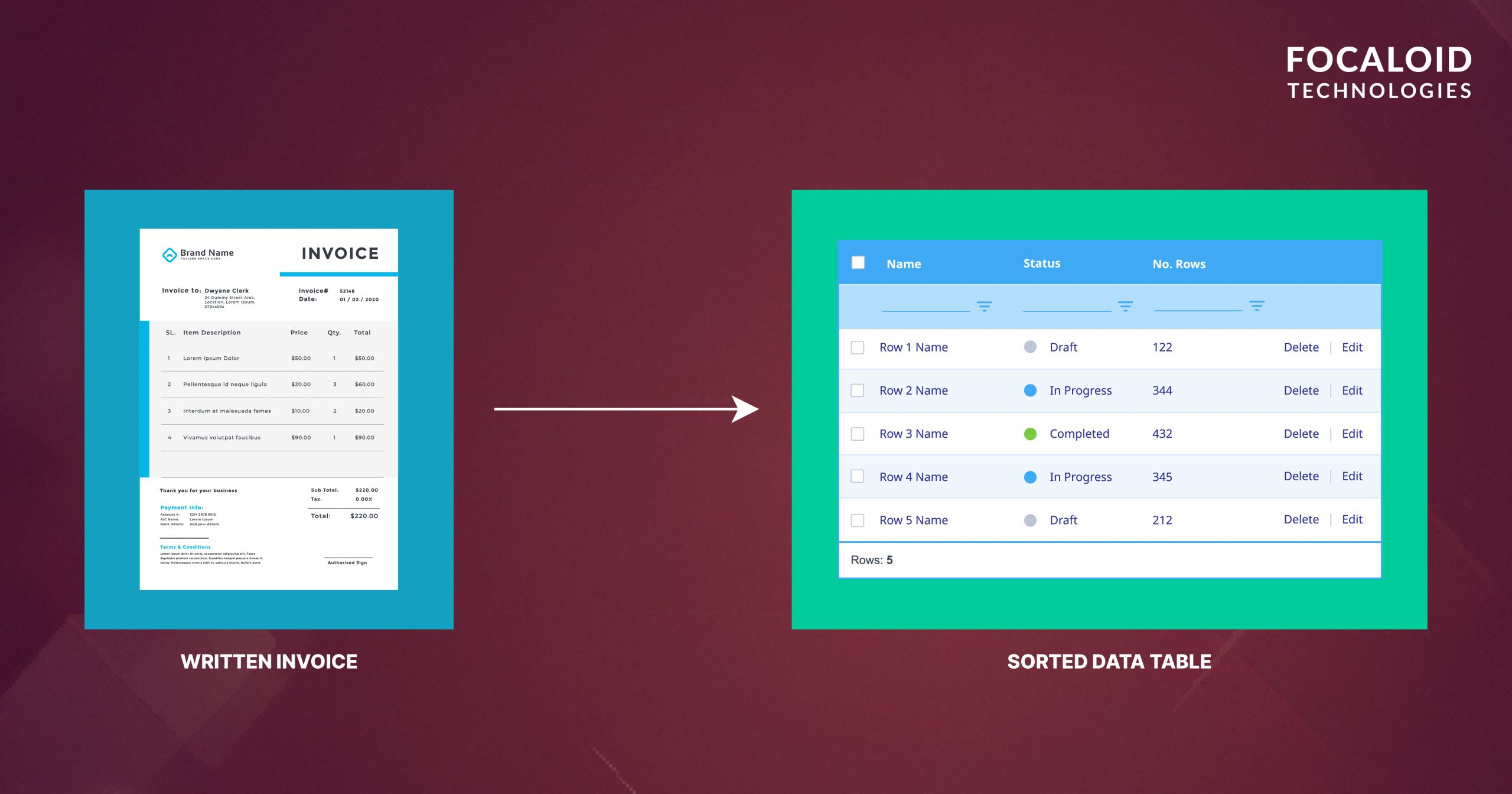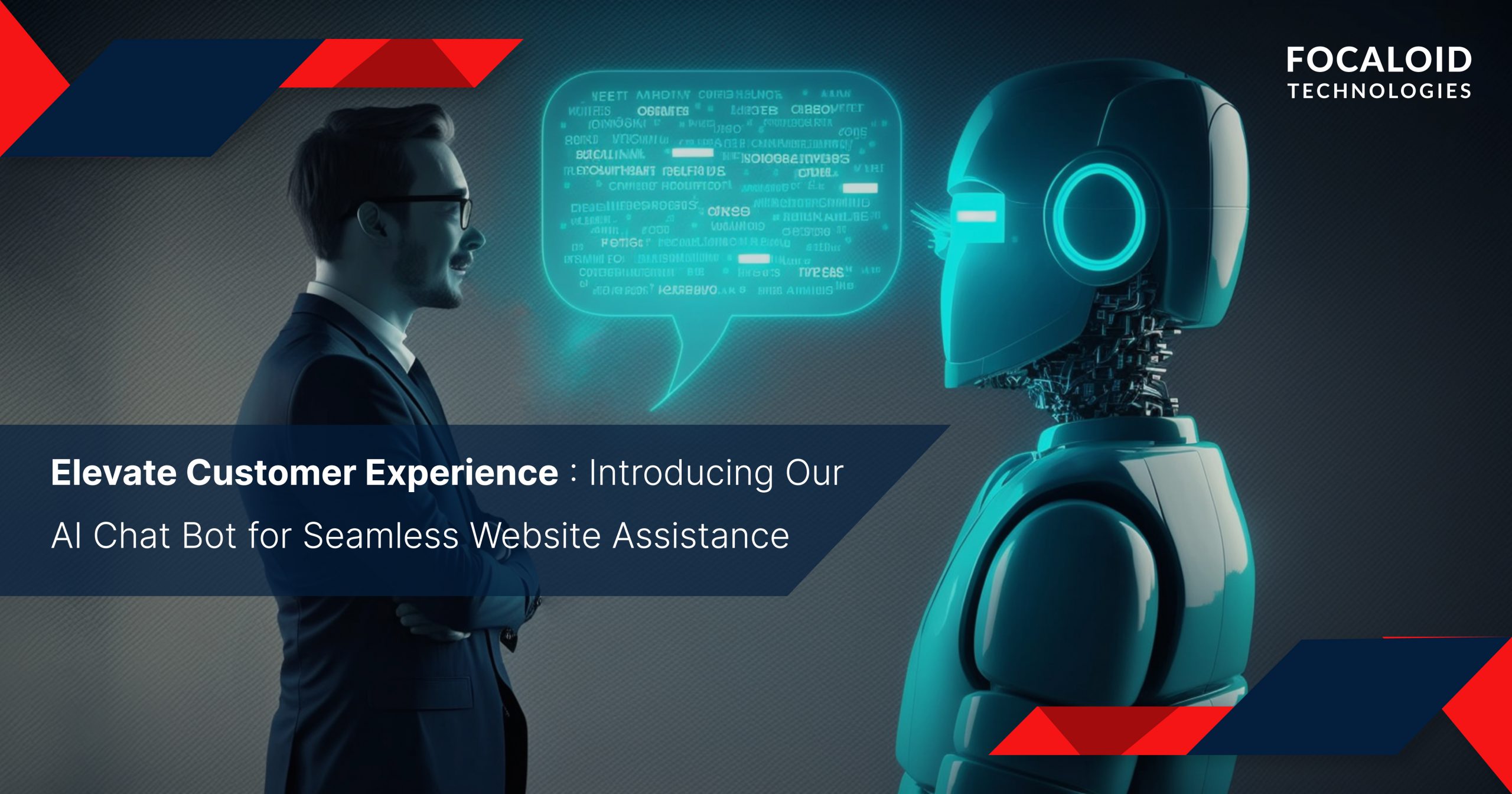BLOCKCHAIN |
BUSINESS |
Why Edge computing for startups?
28/09/2021
20mins
Prasobh V Nair
BUSINESS,BLOCKCHAIN
There has been a significant increase in the number of internet applications that are out there today. As a result of this, there is a huge need for scalability considering the fact that there are only a limited number of computer resources available. Cloud computing has provided great solutions to enterprises, in this case, revolving around various different models.
Cloud computing refers to the use of remote servers via the internet for storing data, and to process/manage it. However, the amount of data that needs to be processed today has significantly increased. For this, a great amount of great goes to the IoT (internet of things) and an ever increasing number of users on the internet. Considering the huge amount of data, many people wonder whether cloud computing is the best possible way of managing the data?
Since there is a vast amount of data that flows in from all over the globe, companies nowadays have to spend a significant amount of money in order to process and store their data. This is something that is totally unsuitable for startups and smaller companies, while enterprises are still able to afford the storage. Due to the accumulation of data, such costs have increased exponentially rather than undergoing a linear trend.
For problems like these, Edge computing provides a great solution. Essentially, it makes use of data collection sources referred to as Edges where the data gets processed. Once the information is processed, it is then stored and moved in the cloud. This totally removes the data processing requirements from the cloud’s end as a result of which the processing costs are cut off.
In technical terms, Edge computing revolves around an architecture where the data gets processed near the generation source rather than getting processed in the cloud. Essentially, Edge computing makes use of three prime components that include Sensors, Edge gateway, and the Cloud.
Sensors are used for capturing the raw data from the environment. This is the very first layer. Then comes the Edge gateway. These are referred to the second layer at which the data processing happens. Finally, the Cloud or the Server is the last layer and is the primary data center. This is where the data is stored.
There are a number of benefits that Edge computing can provide to startups. We have listed a few of these below:
-
Edge computing is quite cost effective which is very suitable for startups, as most of them do not have the budget or assets to pay for expensive processing. Hence, startups can use Edge computing to cut off their operational costs significantly.
-
It also reduces latency which is undesirable for many applications that include weather, disaster management, power grids, aircraft control systems, and a lot more.
-
Edge computing also increases the capability of remote operations as it does not require a lot of bandwidth. Hence, it proves to be quite useful in situations where internet connectivity is poor.
In conclusion, Edge computing is a wonderful solution for startups, especially those that are short on budget and wish to cut their operational costs out.
Published:
Share:




